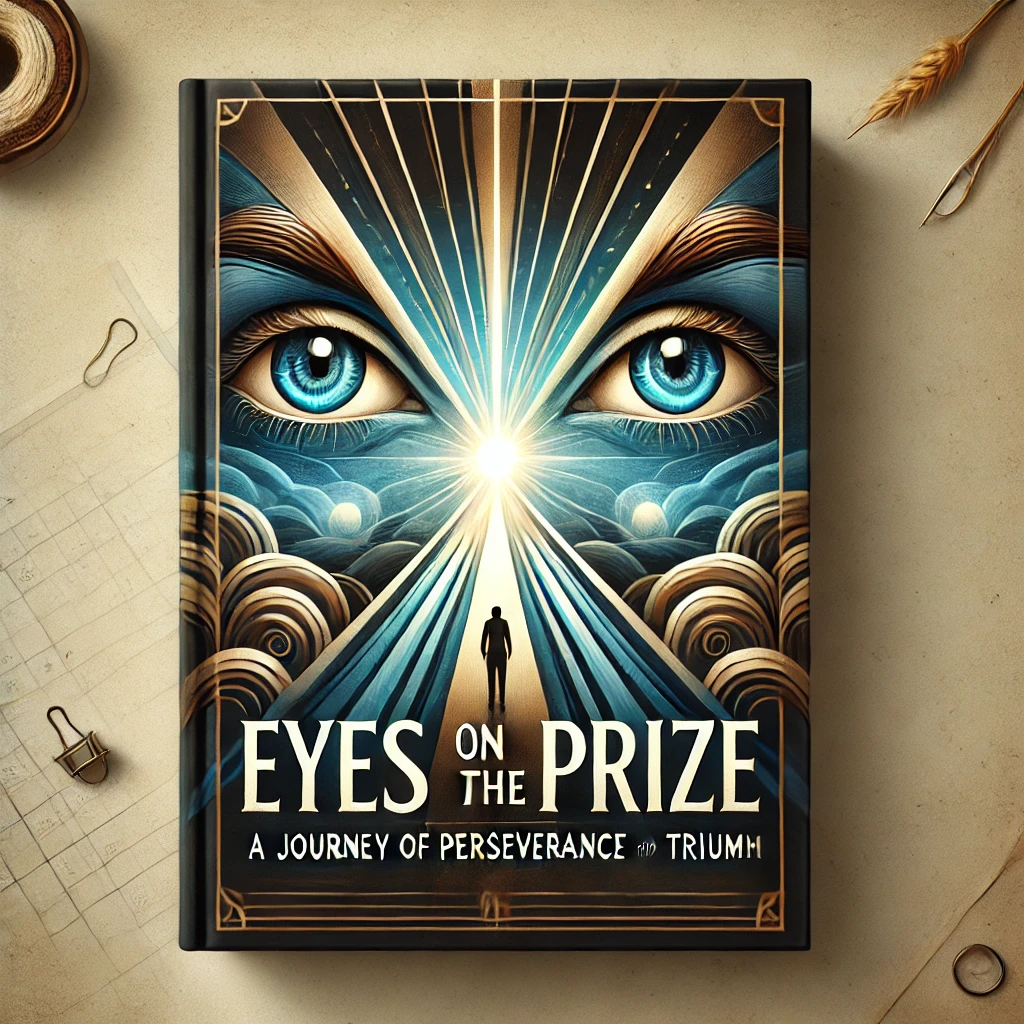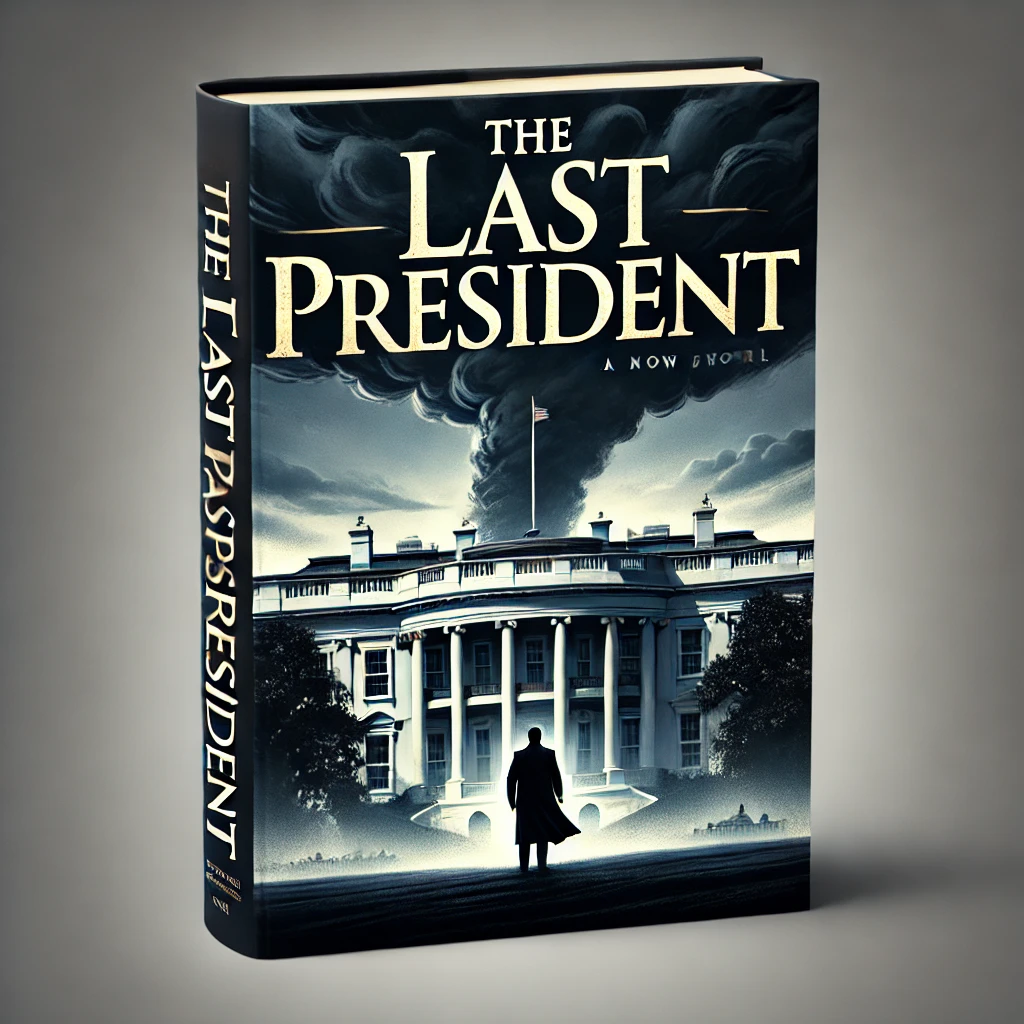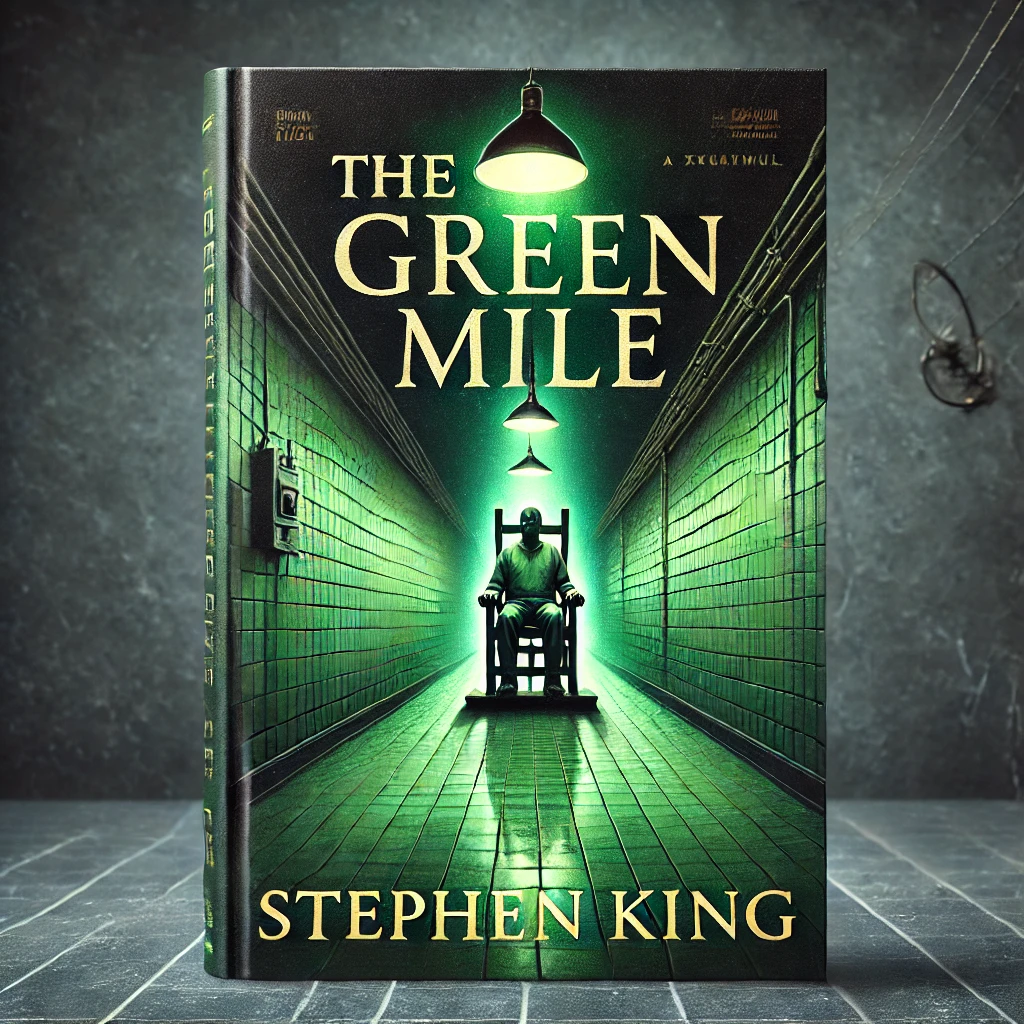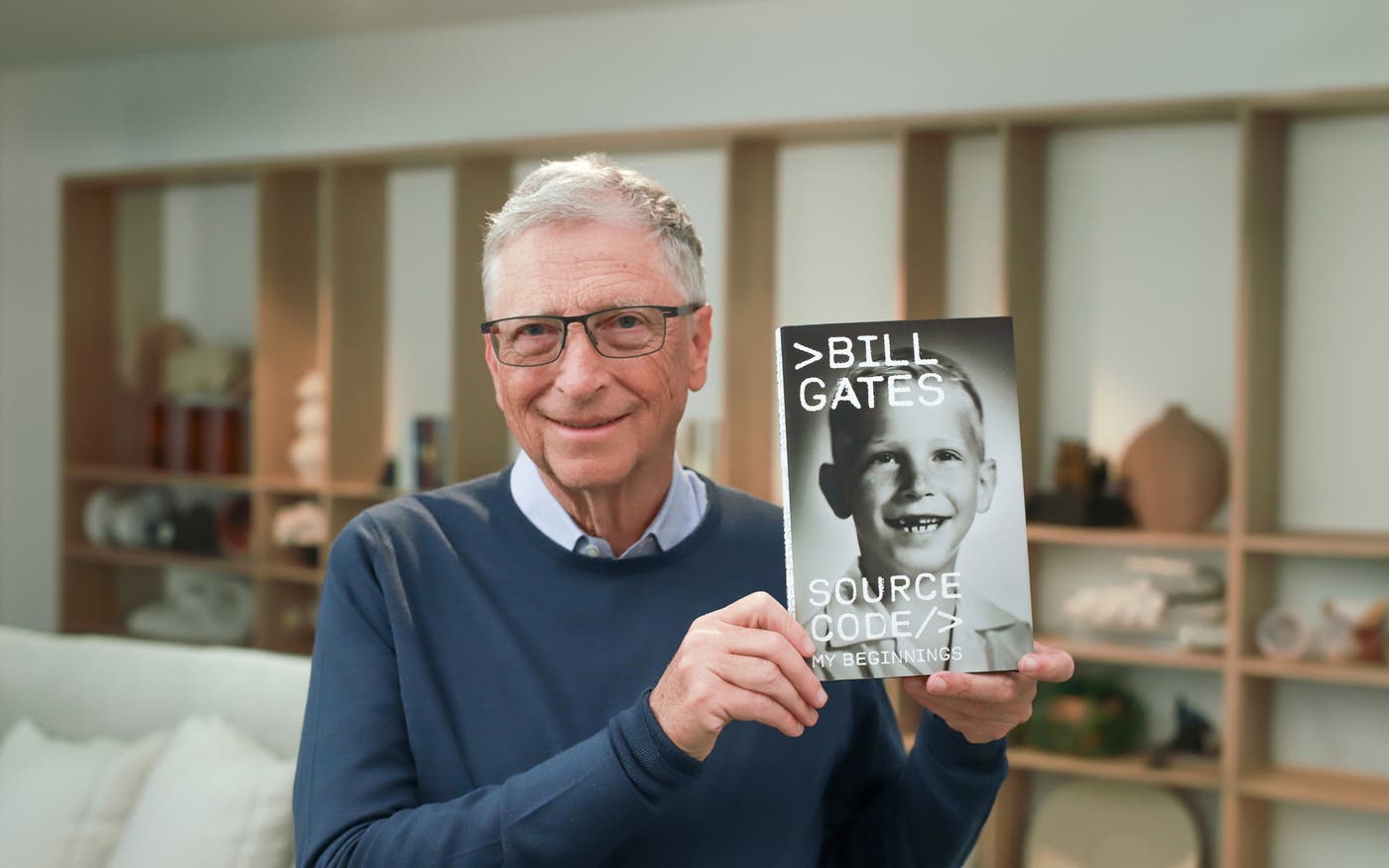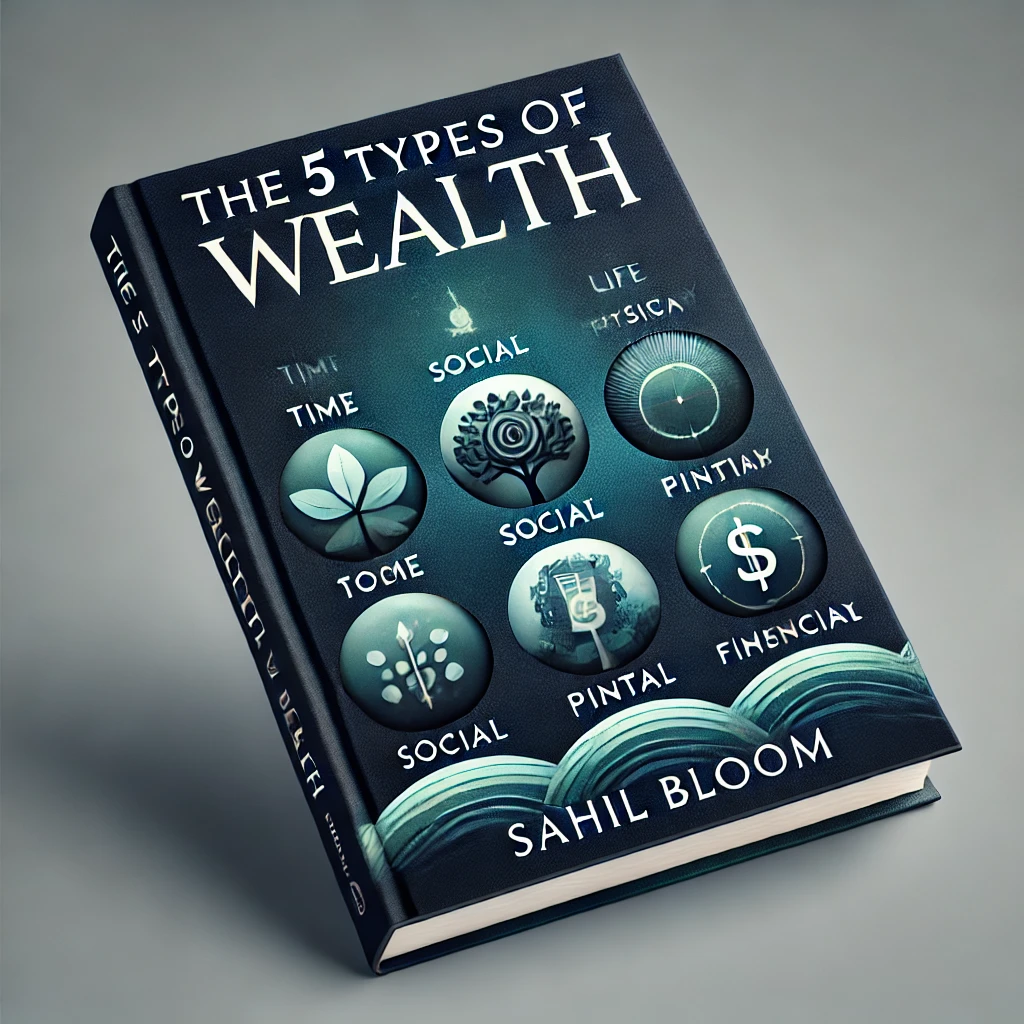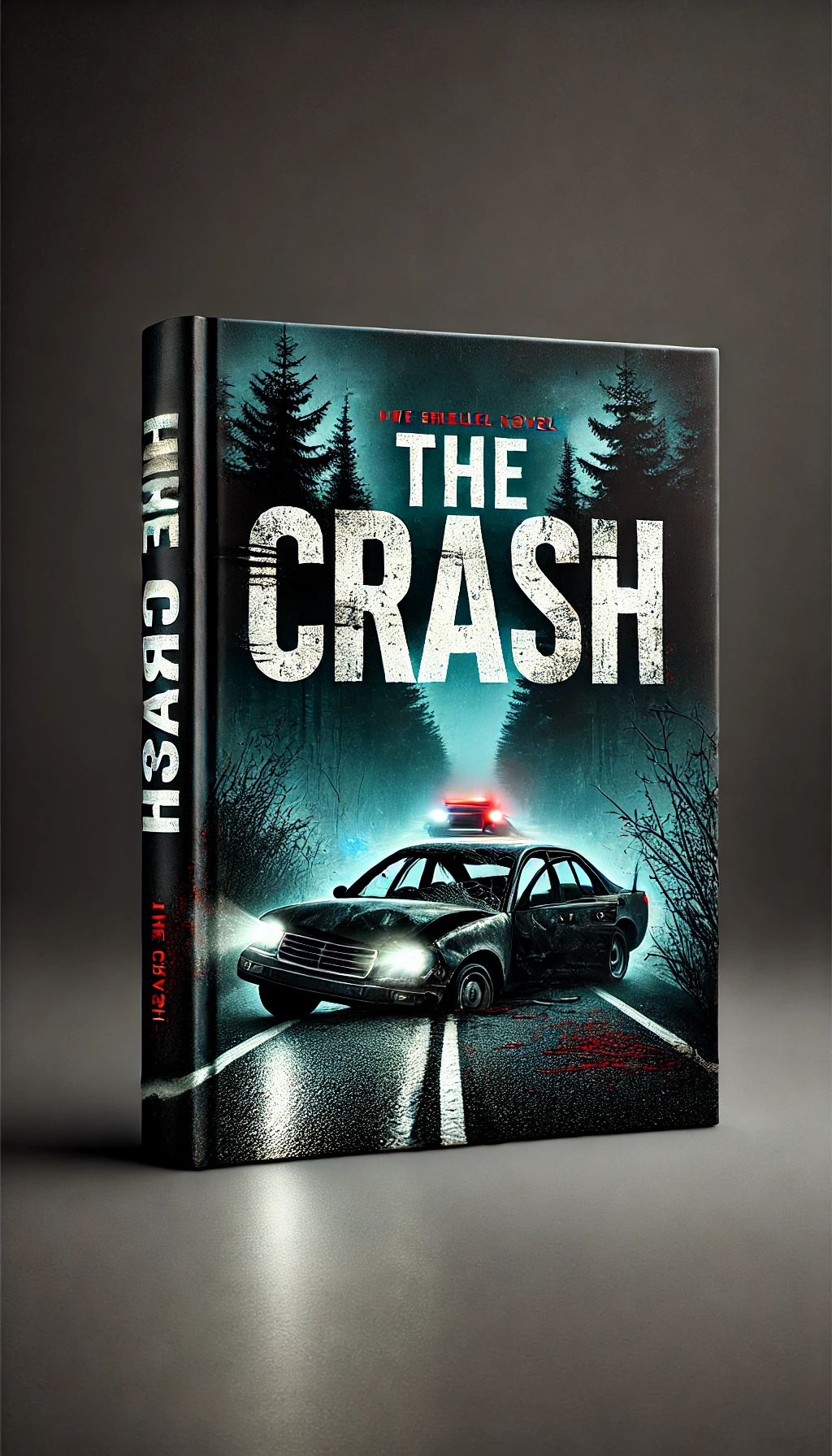Introduction
Eyes on the Prize is a historical book marking a landmark in the history of the civil rights movement in the United States. The book is based on the acclaimed television series, where it captures the struggles, sacrifices, and victories of African Americans in their pursuit of equality from the 1950s to the 1980s. Authored by Juan Williams and other historians who significantly contributed to the book, this book gives an inside view of critical events, powerful narratives, and personal stories that formed the movement.
Summary and FAQ tries to give a comprehensive understanding to the reader of the book content, its historical significance, and its relevance in today’s life.
Summary of Eyes on the Prize
The Foundation of a Movement
The book starts with the roots of the civil rights movement, which describes the social and political climate of the United States in the 1950s. It was an era of systemic segregation, disenfranchisement, and violent oppression against African Americans. The landmark cases such as Brown v. Board of Education set the stage for change, declaring segregation in public schools unconstitutional.
The Montgomery Bus Boycott
The Montgomery Bus Boycott of 1955–56 was one of the first major successes of the movement. When Rosa Parks was arrested for refusing to give up her seat to a white passenger, the people responded with an effective boycott, demonstrating the power of organized resistance. Led by Dr. Martin Luther King Jr., this nonviolent protest became a model for future campaigns.
The Sit-Ins and Freedom Rides
The 1960s were characterized by sit-ins and freedom rides. Students and activists across the South sat down in restaurants, got on buses, and in other public places to protest segregation. Most of these civil disobedience measures resulted in violence, but they had brought national attention to the gross injustice that existed among African Americans.
The March on Washington
The March on Washington for Jobs and Freedom in 1963 was one of the most pivotal events in the fight for civil rights. Over 250,000 people gathered at the Lincoln Memorial where Dr. King gave his famous “I Have a Dream” speech. The march brought to light the need for federal legislation in relation to racial inequality.
Civil Rights Legislation
It passed landmark legislation in the Civil Rights Act of 1964 and the Voting Rights Act of 1965. Those acts outlawed discrimination in public accommodations, employment, and voting. Hence, they marked the greatest progress toward equality to date.
The South
The book also speaks of the civil rights struggles in northern cities, where issues such as police brutality, economic inequality, and housing discrimination persisted. Figures like Malcolm X and movements such as the Black Panther Party broadened the scope of the fight for justice.
The Continuing Struggle
Later chapters relate the problems that the movement would experience in the 1970s and 1980s. After all, despite what had been accomplished, equality still was not nearly enough. This book makes one understand that civil rights work has to be relentless and relevant long after the period it addresses.
Frequently Asked Questions About Eyes on the Prize
- What is the main point of Eyes on the Prize?
The book is a true reflection of the resilience and determination of the civil rights movement. It underlines collective action, nonviolent resistance, and the ongoing struggle for justice and equality.
- Who are the main characters in the book?
Prominent figures featured in the book include Dr. Martin Luther King Jr., Rosa Parks, Malcolm X, Medgar Evers, John Lewis, and many more who played significant roles in the movement.
- Why is the book titled Eyes on the Prize?
The title is borrowed from a gospel hymn that is frequently sung in the civil rights movement. It means the persistence in attaining justice and equality even when confronted with challenges and setbacks.
- How does the book describe the role of women in the movement?
The book emphasizes the important roles of women like Rosa Parks, Ella Baker, and Fannie Lou Hamer, whose work was instrumental in the success of the movement.
- Role of youth within the movement:
Young activists leading sit-ins, freedom rides, and voter registration drives were part of the Student Nonviolent Coordinating Committee, SNCC, and brought some much-needed vibrancy and thrust to the movement.
- Is the book relevant today?
Absolutely. The themes of racial equality, justice, and activism resonate in contemporary struggles against systemic racism and inequality. The book serves both as a historical record and an inspiration for current efforts toward social justice.
- How does the book address nonviolent resistance?
Nonviolent resistance is a central theme. The book describes how boycotts, sit-ins, and marches were used effectively to challenge injustice and provoke change.
- What were some of the challenges the civil rights movement faced?
The movement faced serious challenges, including violent opposition, legal setbacks, and internal divisions. Despite these challenges, the determination and unity of its participants propelled the movement forward.
- What can readers learn from Eyes on the Prize?
The book offers readers an in-depth view of the civil rights movement, the sacrifices of its participants, and the strategies that led to its success. The book inspires reflection on the ongoing fight for justice.
- Is the book adapted?
Yes. The book is based on the Emmy-winning documentary series Eyes on the Prize that provides a visual and narrative complement to the written work.
Conclusion
It serves as a potent testimony of people’s struggle, resilience, and bravery in seeking civil rights; these eyes on the prize preserve history for future generations as an inspiration for the continued pursuit of justice. This book remains a must-read for anyone in pursuit of a profound understanding of social change and a continued quest for equality.


